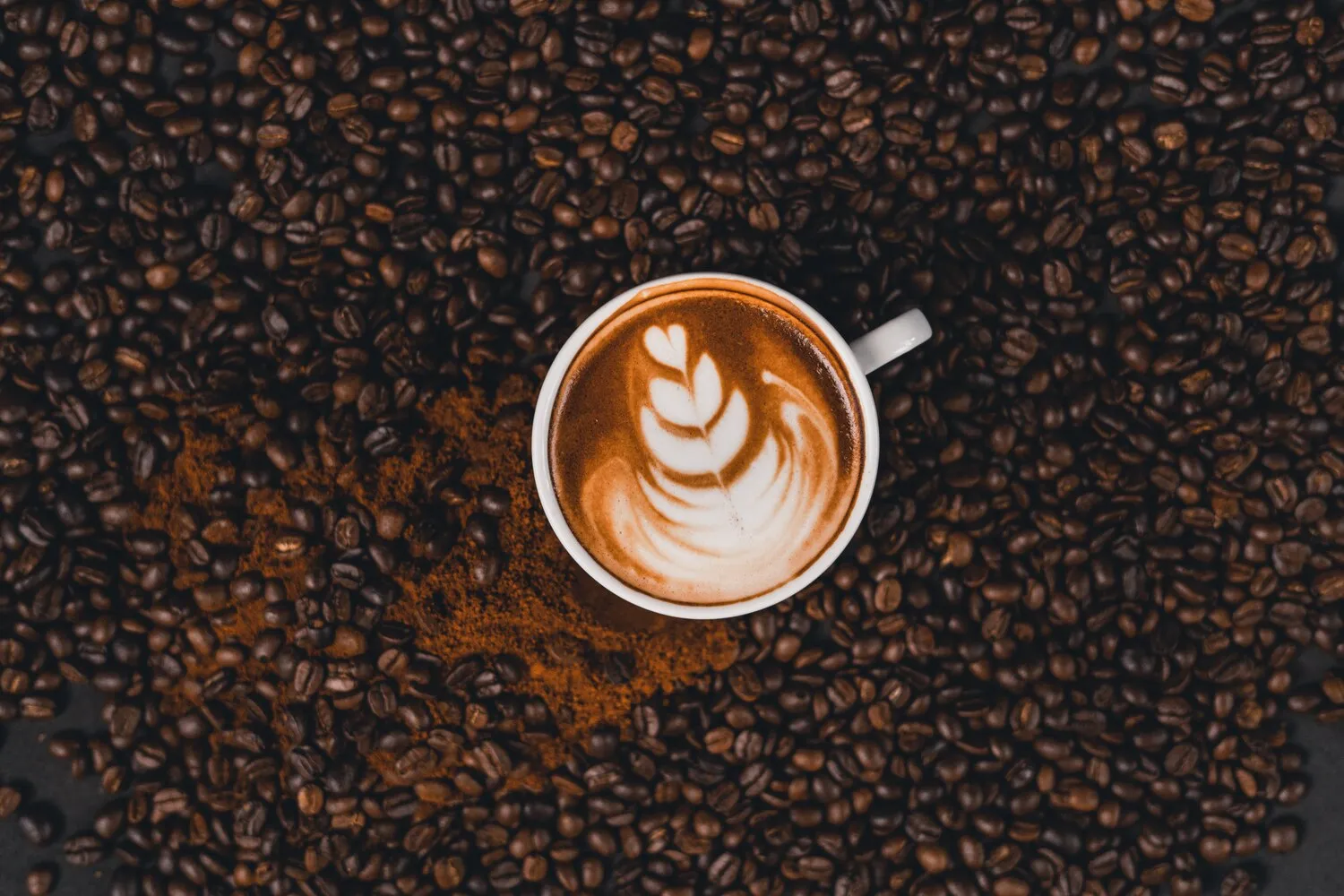
Kaffee
wartsaal | kaffee bar bücher offers a variety of coffee drinks.
Nutrition Facts
* The % Daily Value (DV) tells you how much a nutrient in a serving of food contributes to a daily diet. 2,000 calories a day is used for general nutrition advice.
Coffee culture in Germany has evolved since its introduction in the 17th century, with Kaffeehäuser becoming popular meeting places. Wartesäle (waiting rooms, often in train stations) and Kaffee Bars emerged as convenient spots to grab a quick coffee.
Coffee plays a significant social role in German culture. It's a common beverage for breakfast ('Kaffee und Kuchen' - coffee and cake) and for socializing with friends and family.
Kaffee und Kuchen
A tradition of enjoying coffee and cake, typically in the afternoon, as a social gathering.
Kaffeehaus Culture
Traditional coffee houses have a rich history in Germany, serving as places for conversation, reading, and intellectual exchange.
The flavor profile of Kaffee (coffee) is dependent on the specific drink, but generally focuses on the roasted coffee beans. Bitterness, acidity, and sweetness all play a role.
Typical coffee flavors include roasted, nutty, chocolatey, or fruity notes, depending on the bean origin and roasting process. Additions like milk, sugar, syrups, and spices such as cinnamon or vanilla can significantly alter the flavor profile. The drink's overall taste also relies on the preparation method (espresso, filter, etc.).
Explore Local Cafés
Seek out independent coffee shops to experience unique bean blends and brewing methods.
Try a Milchkaffee
Milchkaffee (coffee with milk) is a popular and comforting option.
Enjoy with Cake
Pair your coffee with a slice of traditional German cake for a truly authentic experience.
Explore additional Drinks dishes and restaurants
Explore DrinksDiscover top dining spots and culinary experiences in Bern.
Explore BernLearn more about the food culture, restaurant scene, and culinary heritage of Switzerland.
Explore Switzerland